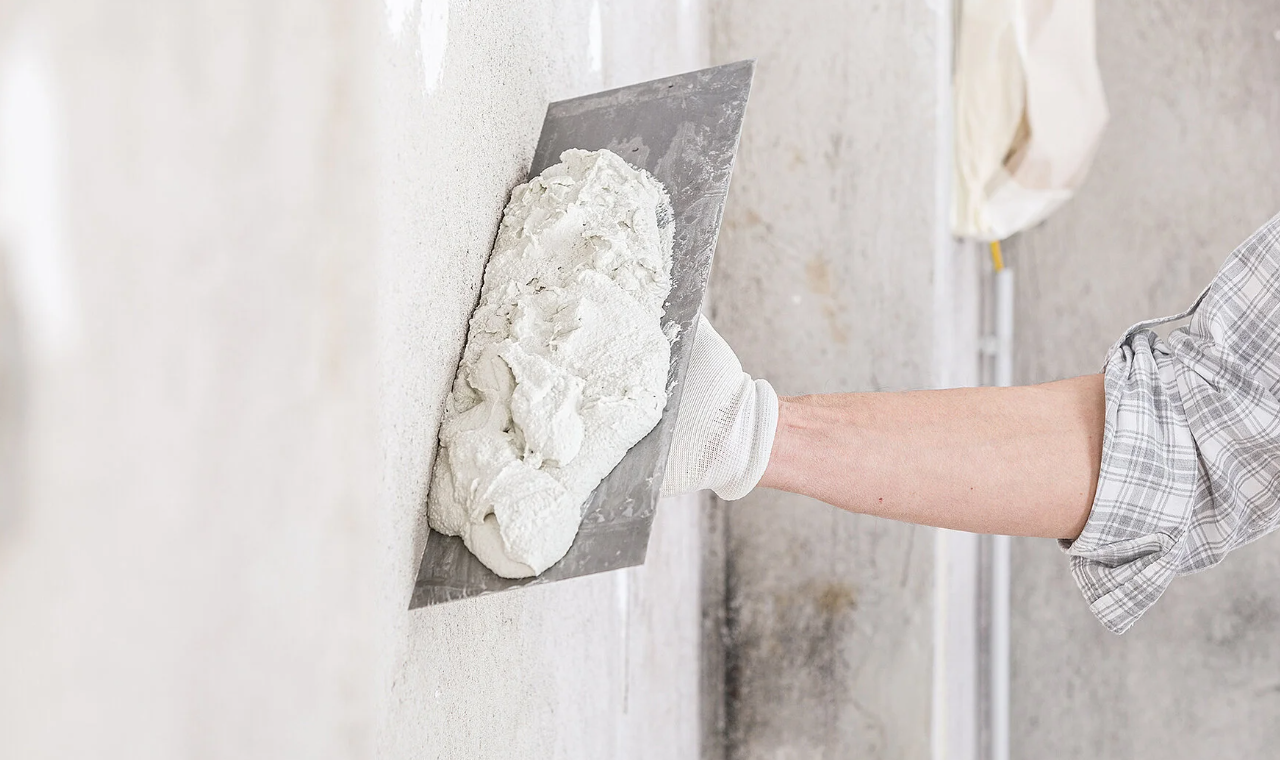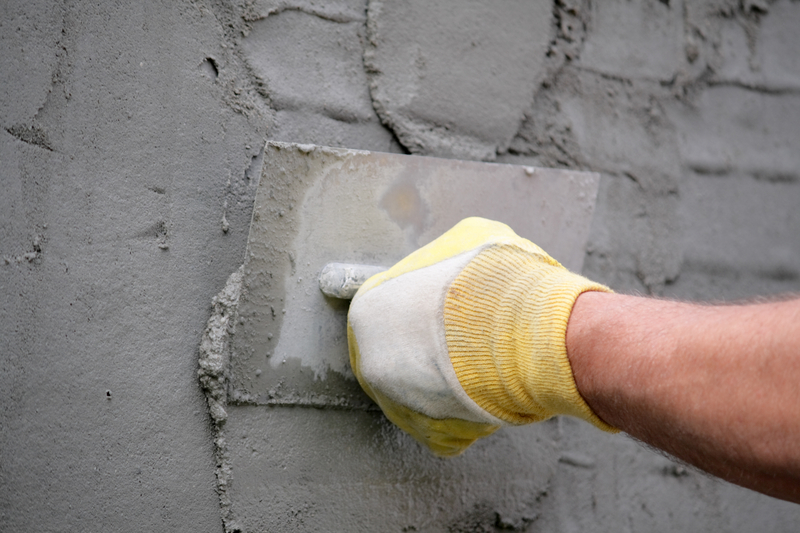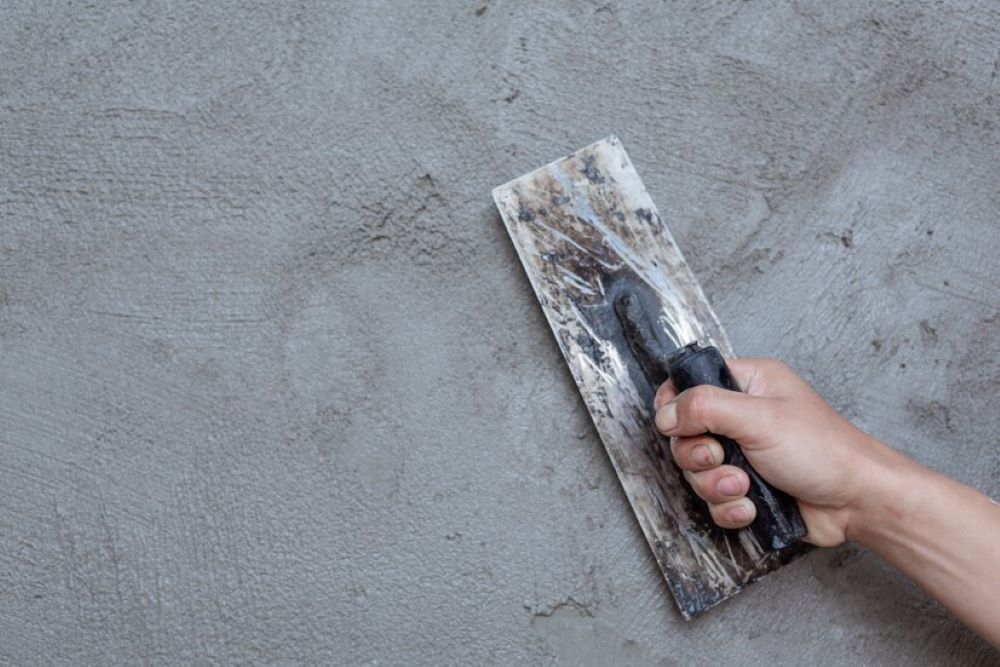Understanding the Minimum Curing Time for Plastering
When it comes to plastering, the question on everyone’s mind is often “What is the minimum curing time for plastering?”. Proper curing will keep your walls strong and durable, avoiding cracks or further damage.
Whether you’re building a new house, renovating a room, or simply patching up a wall, understanding the differences between plaster setting, drying, and curing times will help a person avoid problems later on.
Let’s take an in-depth look at what one needs to know about plaster curing time and how to ensure a successful plastering job for one’s home.
What is the minimum curing time for plastering?
The minimum curing time for plastering varies by type: undercoat plaster needs 7–14 days, finishing plaster requires 3–7 days, and specialist plasters like lime can take 15–30 days to fully cure.
Key Takeaways:
- Plaster curing times vary: Undercoat plaster takes 7–14 days, finishing plaster 3–7 days, and specialist plasters (e.g., lime) need 15–30 days.
- Setting vs. drying vs. curing: Setting is when plaster hardens, drying is when surface moisture evaporates, and curing is the final step where plaster gains full strength.
- Climate affects curing: Humid areas slow down curing, while hot, dry climates may speed it up, leading to cracks.
- Common mistakes: Avoid painting too soon, ensure proper ventilation, and adjust curing times based on local weather.
What is Plastering and Why Is Curing Important?
Plastering describes the process of putting a protective or smooth antelope-like first coating onto the wall or ceiling, and it ultimately provides a smooth surface ready for painting, papering, or otherwise finishing. However, the art of plastering does not stop at just applying the plaster and waiting for it to dry.
The curing entails procedures that assist the plaster in gaining maximum strength and durability. It also cracks, crumbles, and does not provide the appropriate solid basis necessary for finishes in the absence of curing.
In the case of most Indian homeowners, the fluctuations in climatic conditions make the curing process all the more crucial. Ensuring the right curing time is vital for long-term wall performance, whether you’re in a humid region like Kerala or a dry area like Rajasthan.
Understanding the Phases: Setting, Drying, and Curing
Before getting into the curing times, let’s distinguish between three important stages in the process of plastering.
Setting Time
This is when the plaster actually begins to set after its application onto the wall. The setting usually occurs within a few hours from the time the plaster has actually been applied. In this stage, the plaster is hard enough to be moved without the slightest risk of smudging or potentially falling from the wall.
Drying Time
Drying represents the period in which the plaster loses moisture on the surface. At this stage, the plaster changes color from dark brown or gray to a lighter shade (usually pinkish or off-white, depending on the type of plaster). While it looks dry from the surface, water remains inside the plaster.
Curing Time

It is an important stage that must take place to ensure that the plaster sets correctly without developing any cracks or tears.
Minimum Curing Time for Plastering in Indian Conditions
Knowledge of minimum curing time for plastering is quite essential for Indian homeowners. The knowledge will ensure that your walls are strong and can be safe for long-term use.
1. Undercoat Plaster: Undercoat plasters like cement or gypsum are usually laid as a base course on brickwork or blockwork. These are thicker and take longer time to set.
Drying time: 4–8 hours
Curing time: 7–14 days.
2. Finishing Plaster: The finishing coat is the top layer that actually constitutes the smooth, decorative finish. This layer, while usually thinner in dimension, still requires adequate time to cure before you begin painting or applying wallpaper.
Drying time: 2–4 hours
Curing time: 3–7 days
3. Specialist Plaster (Lime or Traditional Plasters): In older homes or in regions where traditional materials are used, lime plaster or other specialist plasters may be laid. These types take considerably longer to cure owing to their nature.
Drying time: 4–10 hours
Curing time: 15–30 days
Factors Affecting Plaster Curing Time in India
It will be observed that the climatic conditions in India are so different that the curing time for plaster may vary greatly depending on where you live. The following is a list of several factors that influence the curing:
Humidity
In highly humid areas, like Mumbai or Kolkata, the plaster takes a longer time to cure because the moisture does not evaporate that easily. In such regions, extra time is absolutely necessary to let the plaster cure completely to avoid long-term damage.
Temperature
In cold places, for example, northern hill stations or even winters in northern India, the curing times may also expand as the temperature is lower. In hot climate zones, like those in Rajasthan or Gujarat, this might get quicker, but beware—faster drying may be responsible for cracking.
Ventilation
Proper ventilation speeds up the process of drying. Well-ventilated rooms promote fast evaporation and hence quicker curing of the plaster. In rooms that may be closed off or not well-ventilated, the plaster will take considerably longer to cure.
How to Tell if Plaster Has Cured Properly
It’s not always easy to figure out if plaster has fully cured just by glancing at your walls. But don’t worry—here are some helpful tips to ensure it’s good to go:
Color Change
One of the simplest ways to tell is by checking the color. Fresh plaster typically starts out darker—think brown or gray—but as it cures, it lightens up to a pinkish or off-white shade. So, if the plaster is still on the dark side, it likely needs more time. If you have any doubts, just book our home renovation here and we’ll take care of everything for you.
Moisture Check
Even if the surface feels dry to the touch, there might still be moisture lurking beneath. A good trick is to gently tap the wall. If it sounds a bit hollow, that could mean moisture is still trapped inside and the plaster hasn’t fully cured yet.
Visual Inspection
Take a close look for any cracks or uneven patches. These can be signs that the plaster dried too fast, especially in hot weather, or that it didn’t cure properly. If you spot any, it might be time to reassess.
If all of this seems complicated, it’s probably best to reach out to professional plastering services. They can assess the situation and ensure a durable, hassle-free solution.
Common Mistakes to Avoid During Plaster Curing
Here are a few common mistakes to watch out for while your plaster is curing:
Painting Too Soon
A big no-no is painting before the plaster has fully cured. Doing this can trap moisture beneath the paint, which often leads to peeling paint or even mold problems later on.
Skipping Proper Ventilation
Good airflow is crucial. If a room isn’t well-ventilated, moisture can get trapped, stretching out the curing process and potentially causing dampness or mold to develop.
Ignoring Local Climate Conditions
Your local weather plays a huge role in how plaster cures. Failing to adjust the curing time to fit the climate can result in premature issues, so it’s important to consider factors like humidity and temperature.
Frequently Asked Questions:
1. What is the minimum curing time for plastering?
For undercoat plaster, the curing time is typically 7-14 days. Finishing plaster takes 3-7 days to cure, while specialist plasters like lime may require 15-30 days.
2. What is the difference between plaster setting, drying, and curing?
The setting is when the plaster begins to harden after application, drying is when moisture evaporates from the surface, and curing is the process of plaster gaining full strength and durability.
3. How does climate affect plaster curing time in India?
In humid regions like Mumbai, curing takes longer due to slower evaporation. In hot, dry areas like Rajasthan, faster drying can lead to cracks. Local climate conditions significantly affect curing times.
4. How can I tell if the plaster has fully cured?
Check for color change—plaster lightens as it cures. Tapping the wall can reveal if moisture is trapped inside. Visual inspection for cracks or unevenness can also indicate improper curing.
5. What common mistakes should be avoided during plaster curing?
Avoid painting too soon, skipping proper ventilation, and ignoring local climate conditions, as these can lead to issues like peeling paint, moisture problems, or poor plaster durability.
Final thoughts
For Indian homeowners understanding how long plaster needs to cure is key to ensuring your project turns out just right. Whether you’re tackling a small repair or a major renovation, be sure to give your plaster enough time to set, factoring in your local climate and making sure there’s good ventilation.
If the plaster isn’t allowed to cure fully, moisture trapped beneath the surface can cause the paint to bubble, peel, or crack over time. The curing process allows the plaster to reach its full strength, providing a smooth, durable, and stable surface for the paint. Skipping or speeding up this critical step can lead to poor results and costly fixes down the line. Our team of experts ensures every step is done right, from plastering to the final coat of paint.
With our professional painting services, you can rest assured that your walls will have a smooth, even finish, ensuring vibrant, long-lasting color and protection.
For any plastering or house renovation needs, Clean Fanatics is here to help. Contact us today for expert plastering services that guarantee a flawless and long-lasting result.



